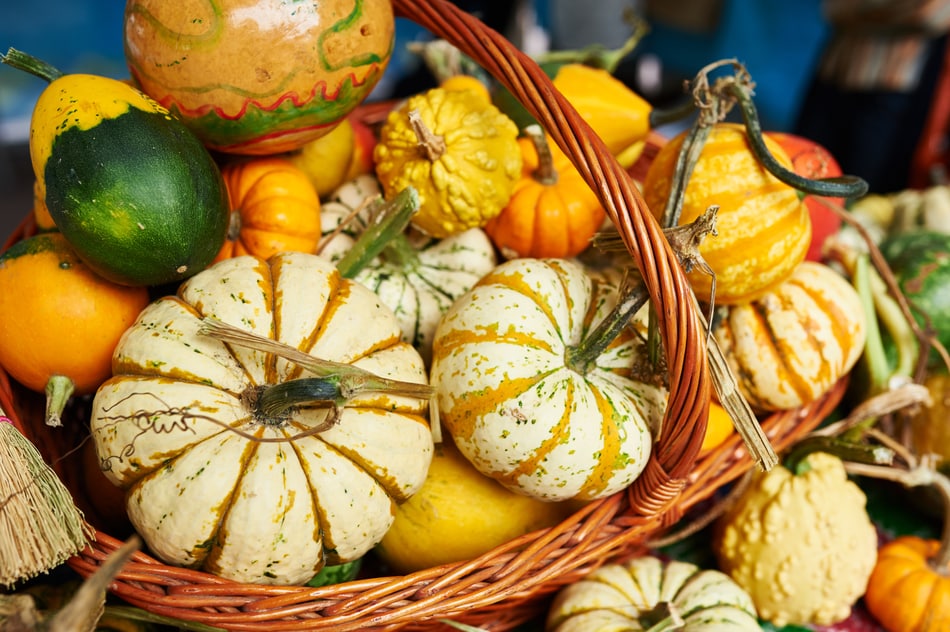By Dr. Berna Magnuson
Introduction
Low- and no-calorie sweeteners (LNCS) are widely approved for use in foods and beverages to provide sweetness with no or few calories and no increase in blood glucose levels. The safety of these ingredients has been intensively investigated and assessed by authoritative bodies globally. When new toxicological assessment tools and new studies are generated, re-evaluation of safety by considering the totality of the database becomes warranted. Recently, Lea and colleagues (2021) focused on one aspect of food additive safety, the genotoxic potential of five LNCS. Their review of the literature, evaluation of the potential for genotoxic activity of these ingredients using a weight-of-evidence approach, and conclusions are reported here.
This article provides a brief background to genotoxicity and testing methods, how quality and reliability of studies are determined, and why weight-of-evidence evaluations for overall safety assessment are conducted and are necessary.
What is genotoxicity and how is it measured?
Briefly, genotoxicity is damage to the genetic material of cells. There are different types of genotoxicity and over 100 different genotoxicity tests. The 3 categories of genotoxicity tests are: 1) tests that measure mutations to DNA; 2) tests that measure clastogenicity (disruption or breakage of chromosomes) and/or aneugenicity (change in number of chromosomes); and 3) indicator tests that provide indirect measures of DNA damage such as single strand breaks, DNA repair response or changes in gene expression. Lea and colleagues summarize the assays used to evaluate these genotoxic effects in Table 1. Additionally, as DNA mutations are considered initiating events in cancer development, the absence of carcinogenic response in tumor studies in animals can be considered additional evidence of lack of genotoxicity potential of a compound.
How are quality and reliability of studies evaluated?
Many hundreds of various genotoxicity and carcinogenicity studies have been conducted on the 5 LNCS. If they do not all agree, how do evaluators determine which ones are providing the correct answers?
The different test protocols used to evaluate the genotoxicity of LNCS are not considered equal in their relevance for risk assessment. For example, only specific tests conducted according to internationally accepted testing guidelines are accepted by regulatory agencies for safety evaluation and approval of food ingredients. These are referred to as “guideline” studies (OECD website) and are globally recognized and accepted by regulatory agencies. Such tests are conducted according to protocols specified in the guidelines, with appropriate negative and positive controls, background control incidence and historical data on controls, and sufficient documentation of conditions and results. These guideline studies have been shown to be highly reliable, robust, and relevant for the endpoint being measured. Examples of factors that determine if a test is considered high quality and reliable include: (1) a correct test outcome for known positive and negative agents, with dose-response for positive agents; (2) the reproducibility and extent of within-test variability among laboratories (i.e. what is frequency of false positives and false negatives?); and (3) established limitations and confounders of the test (such as cytotoxicity, apoptosis, DNA fragmentation). For further examples and discussion, visit the National Institute of Environmental Health Sciences (NIEHS) website.
What is a weight-of-evidence (WoE) approach for risk assessment and why is it used?
The results and conclusions of genotoxicity and other toxicology studies that are not conducted according to approved guidelines can be and are published in the scientific literature, often with much publicity. Multiple reports with conflicting conclusions can pose a very confusing picture for health professionals and scientists who are not familiar with the limitations and lack of reliability of some of the studies.
WoE is a decision-making method in risk assessment that involves compiling a database of toxicology studies and assigning “weight” to each study based on the reliability of the study. Thus, the findings of those studies considered most reliable would be “weighed” more heavily in the overall assessment than findings from studies with lower or questionable reliability due to specified reasons or limitations (no dose-response, insufficient controls or replications, etc.). Thus, WoE assessments are used to review all the available data, provide clear rationales for reliability differences and weighing of results from various sources, and provide overall conclusions.
Summary of Lea et al (2021)
Lea and colleagues (2021) conducted a WoE assessment of the genotoxicity potential of each LNCS by compiling (1) reviews of genotoxicity studies by regulatory agencies, (2) recently published genotoxicity tests, (3) EPA Toxicity Forecaster database of results from high-throughput screening (HTS) for indirect measures of genotoxicity such as DNA damage and gene expression, and (4) conclusions from recent assessments of carcinogenic potential of the LNCS using Key Characteristics of Carcinogens (KCC). Overall summaries of the results from mutagenicity assays, chromosomal change assays, other DNA damage, and regulatory agency reviews are presented in very brief tables for clarity.
The overwhelming evidence from the majority of the various studies shows a lack of genotoxicity of the LNCS, with occasional reports of positive, genotoxic responses. This pattern of random “misleading” or “irrelevant” positive results among databases for non-genotoxic compounds is not uncommon, as described by an Expert Panel on the evaluation of new genotoxicity assays (Kirkland et al, 2016). To address this issue for LNCS, Lea et al. (2021) provided detailed explanations of the limitations or concerns for the studies with conflicting results. Justification is explained in detail for giving less weight in the overall genotoxicity assessment to results from unreliable studies compared to those from other high-quality guideline studies. Lea and colleagues (2021) offer further support for their conclusions regarding the non-genotoxicity of LNCS with additional and novel incorporation of mechanistic data from the emerging field of toxicology (ToxCast/Tox21) using high-throughput screening (HTS). In addition, they describe findings from the mechanistic framework using KCC that demonstrate lack of carcinogenic potential for LNCS.
Conclusion
In conclusion, the review by Lea and colleagues (2021) is a comprehensive assessment of genotoxicity potential of LNCS, using both historical and recent laboratory studies, and supported by mechanistic analyses.
Their conclusions of an overall lack of mutagenic and genotoxic activity based on the growing body of evidence further support of the safety of use of approved LNCS.
References
Kirkland D, Kasper P, Martus H-J, Müller L, van Bentheme J, Madiaf F, Corvif R (2016) Updated recommended lists of genotoxic and non-genotoxic chemicals for assessment of the performance of new or improved genotoxicity tests. Mutat Res 795:7-30.
Lea, Isabel & Chappell, Grace & Wikoff, Daniele. (2021). Overall lack of genotoxic activity among five common low- and no-calorie sweeteners: A contemporary review of the collective evidence. Mutation Research/Genetic Toxicology and Environmental Mutagenesis. 868-869. 503389. 10.1016/j.mrgentox.2021.503389.
NIEHS (National Institute of Environmental Health Sciences), Validation and Regulatory Acceptance of Toxicological Test Methods: A Report of the ad hoc Interagency Coordinating Committee on the Validation of Alternative Methods, NIH Publication No. 97-3981, NIEHS, Research Triangle Park, North Carolina, U.S.A., 1997.
https://ntp.niehs.nih.gov/iccvam/docs/about_docs/validate.pdf
OECD Test Guidelines Programme
https://www.oecd.org/chemicalsafety/testing/oecd-guidelines-testing-chemicals-related-documents.htm







